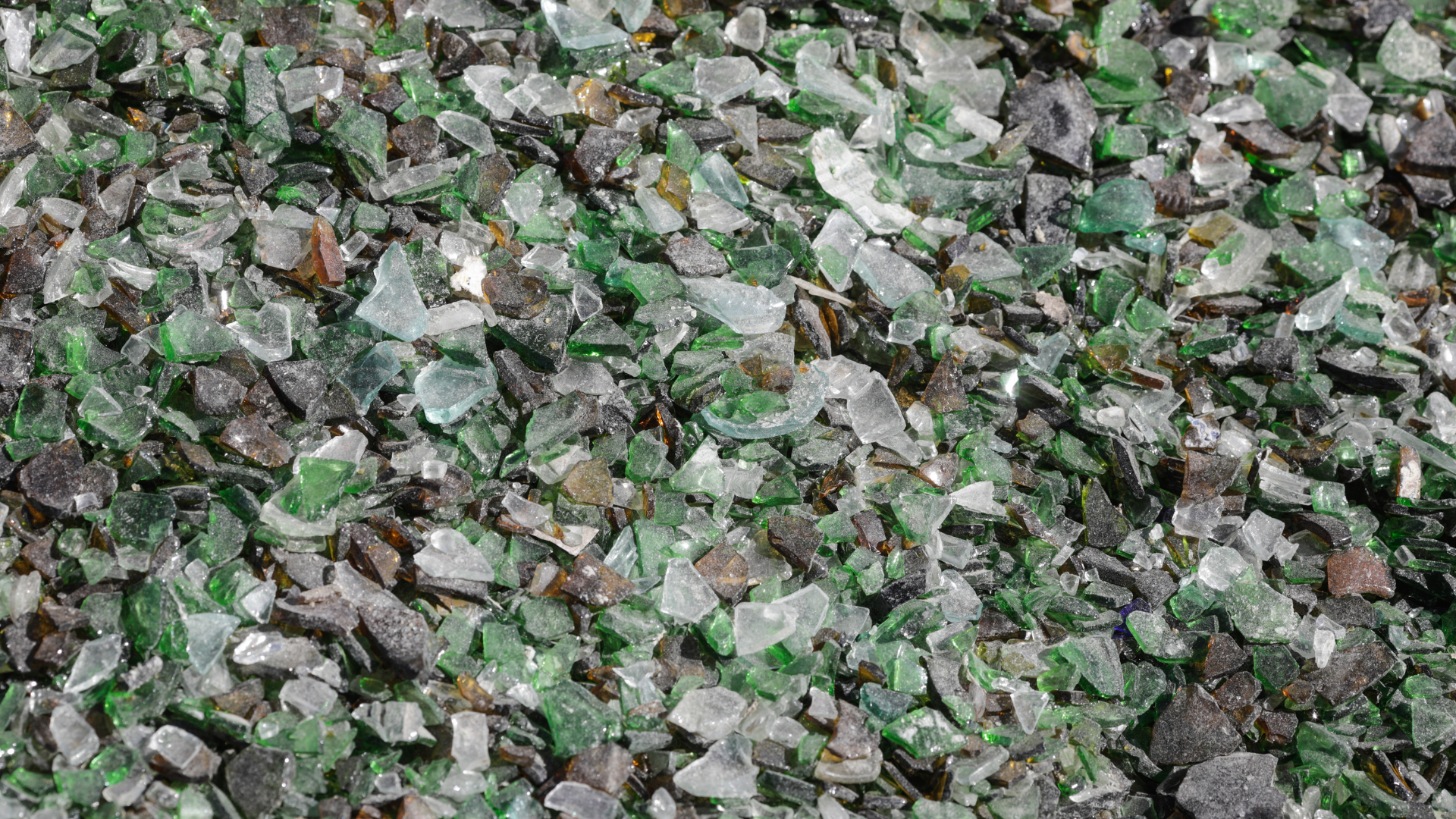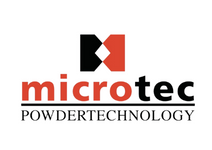Building a Greener Future with Lower Carbon Concrete and Ground Glass Pozzolan

In an ambitious effort to combat climate change and align with global commitments like the Paris Agreement, the New York City Council enacted the Climate Mobilization Act in 2019. This comprehensive suite of laws seeks to reduce greenhouse gas emissions and promote sustainability across various sectors. A crucial aspect of this transformative plan is Local Law 97, which specifically targets large existing buildings responsible for a significant proportion of the city’s greenhouse gas emissions. To meet the stringent requirements of this law, building owners are turning to innovative solutions like Ground Glass Pozzolan (GGP) in concrete mix to reduce their environmental impact and foster a more sustainable future.
As a key pillar of the Climate Mobilization Act, Local Law 97 is designed to set stringent carbon emissions caps for large existing buildings in New York City. Commencing in 2024, these buildings are obligated to meet specific carbon emission limits, with even more ambitious targets set for 2030. By prioritizing energy efficiency and reducing carbon emissions, the law aims to make a significant impact on the city’s overall carbon footprint and contribute to global climate goals.
Concrete, a critical building material used extensively in construction, heavily relies on the production of Ordinary Portland Cement (OPC). However, OPC production comes with significant environmental costs, including resource depletion, energy consumption, and carbon emissions. As the building industry is a major contributor to greenhouse gas emissions, addressing the impact of concrete production is vital to achieving climate goals.
To tackle the challenges posed by traditional concrete production, the industry has been seeking alternative supplementary cementitious materials (SCMs) like ground granulated blast furnace slag (GBFS) and pulverized fly ash (PFA). These SCMs offer eco-friendly options to reduce carbon emissions. However, uneven global distribution and potential scarcity as the energy sector transitions to greener sources present challenges to widespread adoption.
Amidst these challenges, Ground Glass Pozzolan (GGP) emerges as a promising alternative SCM. GGP, a supplementary cementitious material derived from suitable recycled glass products, offers an eco-friendly solution with its high content of amorphous silica. This unique characteristic enables GGP to exhibit similar pozzolanic reactivity to Portland cement, making it a valuable substitute for certain fly ashes and blast furnace slags.
The Benefits of Ground Glass Pozzolan in Concrete Mix:
-
- Increased Strength and Cost Reduction: GGP enhances the long-term strength of concrete while reducing costs due to its availability as an inert waste material.
- Improved Concrete Properties: GGP improves the concrete pore structure, resulting in better electrical resistivity, low absorptivity, enhanced resistance to chloride penetration, and reduced alkali-silica reaction (ASR)-induced cracking and expansions.
- Sustainable Material: Utilizing GGP in concrete helps reduce the demand for OPC, promoting a greener construction industry and supporting sustainable development.
- Enhanced Workability: The inclusion of GGP enhances the workability of concrete, reducing the need for excessive water and chemical admixtures.
- Environmental Benefits: By incorporating GGP into concrete mixes, builders can contribute to the reduction of greenhouse gas emissions associated with OPC production, aligning with New York City’s climate commitments.
As New York City pursues its ambitious emission reduction goals, Local Law 97 provides an excellent opportunity for large building owners to embrace GGP-infused concrete in their construction projects. By replacing up to 20-30% of Portland cement with GGP, building structures can become stronger, denser, less permeable, and more durable—all while playing a significant role in creating a greener, more eco-friendly city for future generations.
In the pursuit of sustainable building practices, companies like Microtec D&H play a vital role in supporting the implementation of GGP in construction projects. Microtec’s commitment to maintaining consistent size and quality of ground glass pozzolan ensures reliable and effective use in concrete mixes. Moreover, Microtec offers tailored solutions, allowing builders to address unique requirements and further promote sustainable building practices.
As part of the state’s broader commitment to sustainability, the GreenNY Specification serves as a guidance document for Design Professionals, including Architects and Engineers of Record. It provides valuable insights on how to specify lower-carbon concrete for construction projects, reducing the embodied carbon burden of the entire building industry in line with the Climate Leadership and Community Protection Act’s GHG reduction goals.
Key components of the GreenNY Specification include Environmental Product Declarations (EPDs), which provide essential data on the life cycle of products, enabling comparisons between functionally similar products. The specification also encourages cement content limits, the use of supplementary cementitious materials (SCMs), blended aggregates, and responsible practices like limiting excess attic stock, responsible on-site use of excess concrete, and environmentally sound material disposal.
By adopting the GreenNY Specification and incorporating innovative solutions like Ground Glass Pozzolan in concrete mix, New York State moves closer to achieving its ambitious climate goals. As Design Professionals, industries, and communities unite in these efforts, a greener and more sustainable future becomes not just a dream but a tangible reality for New York City and beyond. Together, we pave the way for a resilient and eco-friendly future, setting a shining example for sustainable practices worldwide.







